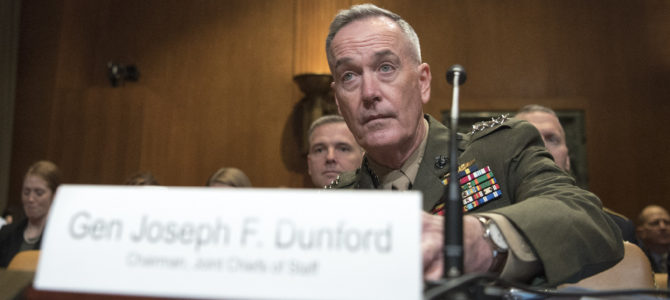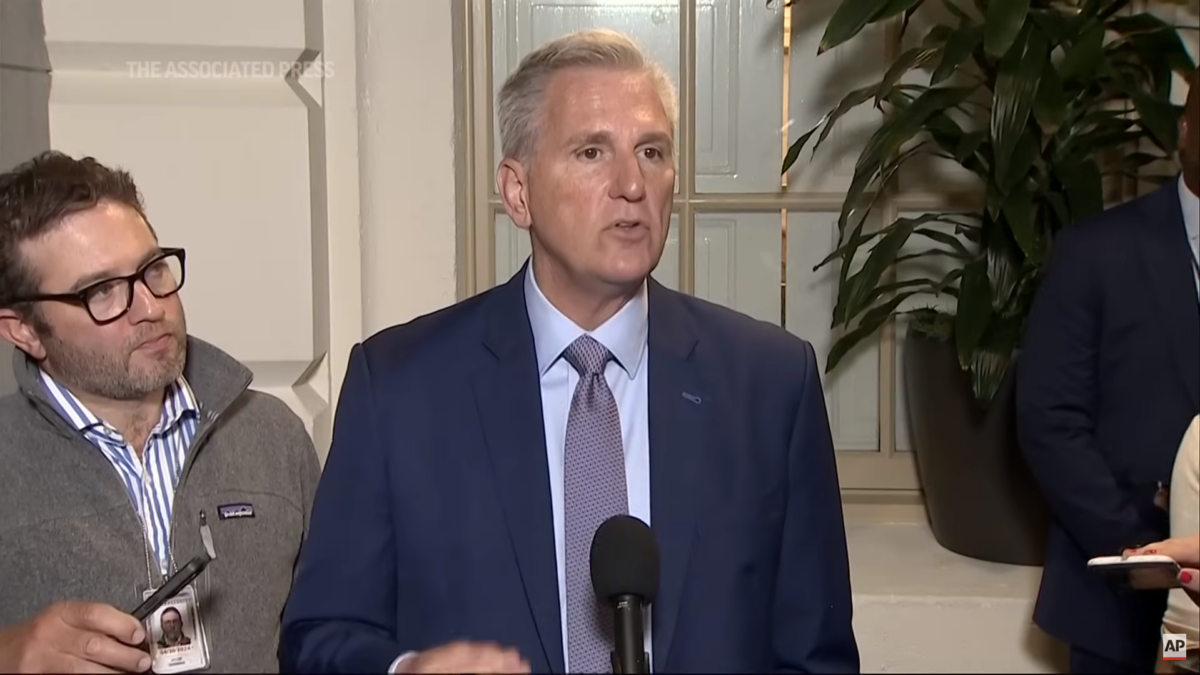
“Nothing is impossible, only mathematically improbable.” Sir August de Wynter (Sean Connery), 1998, “The Avengers.”
If Sir August were referring to Congress, his words could not be more apt. Congress has only a few jobs it must do to keep our government running. One is to pass an appropriations bill, from which all executive branch expenditures must derive. If it fails to do that job, it’s virtually impossible for cabinet members and their money managers to do any planning.
Between 1977 and 2016 Congress enacted all necessary 13 appropriations acts per year on time (by September 30, the end of the fiscal year) in only four years (1977, FY1989, FY1995, and FY1997). With the exception of 1978, where more than half (9) of the appropriations acts were enacted, in none of the remaining years were more than six appropriations acts enacted. In 14 of the past 40 years, no regular appropriations bills were passed. On the basis of that very poor record, anyone who asserted that it is mathematically improbable that Congress would pass all 13 appropriations bills this year would be on very safe ground.
Why We Need Timely Appropriations
Why is Congress’ failure to pass an appropriations bill on time important? First and foremost, Congress’ ineptitude at passing funding legislation on time creates an atmosphere of uncertainty and unpredictability that creates inefficiencies. In 2011, Max Sier described the ongoing continuing resolution at that time as, “repeated stopgap funding resolutions have taken a toll on federal agencies, creating unpredictability, hampering workforce productivity and potentially harming the nation.”
For the Department of Defense and our national security, not passing an appropriations bill on time has real consequences. On April 17, Aaron Mehta quotes Secretary of Defense Jim Mattis’s warning that the stopgap appropriations measure that has become a way of congressional funding life “would have serious impact on a Pentagon attempting to modernize its capabilities.”
It is encouraging that the chairman and the ranking member of the Senate Armed Services Committee (SASC) have become concerned that an FY2018 continuing resolution will harm the U.S. military. To that end, according to Joe Gould in an August 30 Defense News article, Sen. John McCain (R-AZ) and Sen. Jack Reed (D-RI) released a letter from the SASC to Mattis.
The letter requests the secretary’s assessment of the impact on the military “including military branches, defense-wide agencies, and combatant commands” of a three-month and six-month CR. What should trouble the American taxpayer is that the two leaders of the powerful committee that authorizes defense funding have to ask the question. They obviously anticipate not passing the necessary legislation.
As a former principal deputy undersecretary of Defense (comptroller), let me shed some light on the effects from an inside-the-Pentagon point of view. First, the letter from senators McCain and Reed is just the beginning. Members of the Senate and House Armed Services Committees and the Senate and House Appropriations staffs will begin requesting similar information from military service program managers, program element monitors (the people who ensure that programs are executing to the amount of money budgeted), and budget managers at all levels, for literally thousands of programs. These military and civilian program and budget managers then stop what they are doing and start answering the staffers’ questions. These are called “what if drills.”
The effects of these “what if” drills are manifold. The smallest effect is the time it takes to answer repeated rounds of them. A larger effect is disrupting the planning process. Military planners need to know—because the warriors they support need to know—how military operations can be run months into the future. When the money isn‘t appropriated on time, they can’t plan reliably.
How many aircraft can be repaired? When and how do troops get necessary training? Everything in the defense budget—from buying enough bombs to drop on ISIS to gasoline to fuel the vehicles operating in Afghanistan to deciding how ships can be rotated home for maintenance and repair—is disrupted in a fashion that has become almost routine. Try as they might to avoid it, they inevitably suffer from short-term planning that results in depriving long-term contracts and programs to support all those things needing funding.
Let’s Be Clear: This Is Dysfunctional Government
An excellent example of the consequences of the disruption a CR causes is the recent statement from Air Force Secretary Heather Wilson. She explained that the Air Force would delay awarding a contract for the T-X, the Air Force’s new trainer aircraft. Furthermore, bringing on new pilots, when the Air Force faces a serious pilot shortage, and critically needed cyber experts are at risk.
Inevitably, the Defense Department planners have to flow these “what if” drills, and the instability they create, down among the defense contracting community. The problematic result is that any new contract that was to have started in the first part of the new fiscal year (after September 30) is stopped. In many cases, when an appropriation bill is finally passed, contracts must be renegotiated, because the cost basis on which those contracts were originally negotiated no longer apply. The program contract will cost more.
In 2011, the Washington Post’s Ed O’Keefe wrote, “Short-term spending resolutions block agencies from filling vacant positions and hiring new staff, providing full levels of service and make it impossible for agency officials to do any long-term planning, according to government watchdogs. The temporary budget deals mean many agencies must sign multiple short-term deals with contractors, requiring reams of extra paper work and cost estimates.”
It all boils down to the fact that CRs cost taxpayers, who pay for the congressionally induced instability and terribly inefficient funding and contract management.
Continuing Resolutions Are a Failure to Govern
As bad as the effects on the Defense Department are, the real cost impact is on the defense industry. Companies that win competitive contracts that are to have started in a new fiscal year cannot be awarded, since those contracts are new starts and not allowed under a CR. The contract award must wait until an appropriation bill has passed. Furthermore, programs that were scheduled to increase production rates cannot under a CR without special language in the CR. Companies cannot plan for hiring and training workers.
When CRs last more than a couple of months, as they have in the past and did this year, small businesses often go out of business because they don’t have the capital to sustain their operations while waiting for congressional appropriations that should have funded their program in October. Again, all of the inefficiencies CRs cause cost companies money passed on to taxpayers.
CRs are referred to euphemistically as “emergency funding bills” and were originally stopgap measures to accommodate extraordinary legislative circumstances. Today they are a congressional funding way of life where lawmakers pass a funding bill three to nine months late then pat themselves on the back for avoiding a government shutdown.
It is unfortunate that our congressional representatives do not see the CR as taxpayers should see it: a neon sign over Capitol Hill blinking on and off, “We are Congress, We Can’t Do Our Job.” Congress might rise to the occasion and pass an appropriation bill before September 30, but for them to do so is improbable at best.









